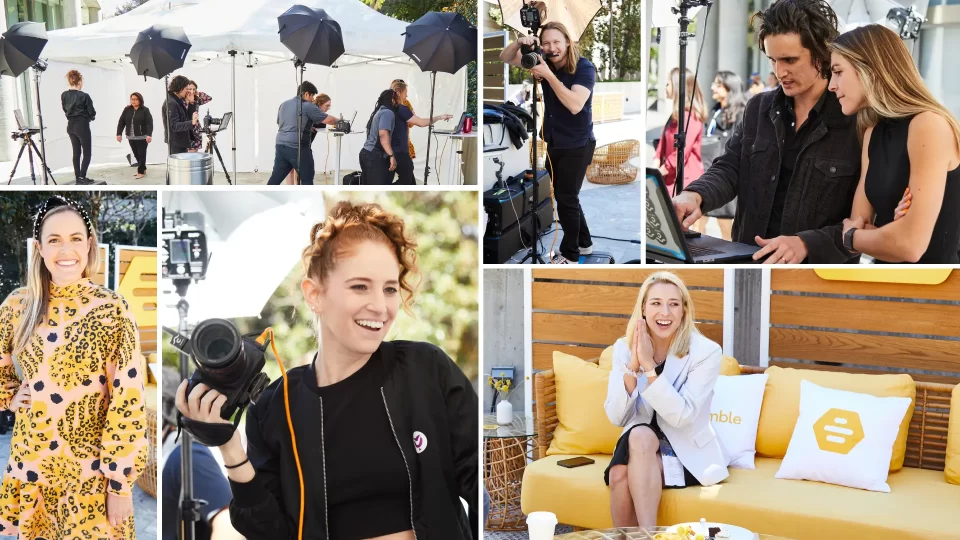Indoor headshot photography offers a controlled environment that can result in striking and professional portraits. At Capturely, we understand the importance of capturing your best self while working within the confines of indoor spaces. Whether you’re a business professional, actor, or someone looking for a stunning portrait, our indoor headshot photography tips will help you achieve outstanding results.
1. Choose the Right Indoor Photography Settings
Selecting the appropriate indoor photography settings is the first step in achieving a successful headshot. Consider the following factors:
Natural Light and Window Light
Opt for rooms with ample natural light. Large windows that let in soft, diffused sunlight can create a flattering and inviting atmosphere. Position your subject near windows to take advantage of this beautiful window light.
Background and Depth of Field
Choose a headshot background that complements your style and profession. A clean, neutral background is often a safe bet, but don’t be afraid to incorporate elements that reflect your personality or brand. Use a wide aperture (e.g., f 2.8) to create a shallow depth of field, blurring the background and drawing attention to the subject’s face.
Studio Setup and Lighting Conditions
If possible, use a photography studio with professional lighting equipment. This allows for precise control over lighting conditions and results in consistent and high-quality headshots.
2. Camera Settings for Indoor Photography
Ensure your camera settings for indoor photography are optimized for indoor headshot photography:
Aperture and Depth of Field
Use a wide aperture (e.g., f 1.8 or lower) to create a shallow depth of field, blurring the background and drawing attention to the subject’s face. Experiment with different apertures like f 1.8 and f 4 to achieve different effects.
Shutter Speed and Shutter Speeds:
Maintain a fast enough shutter speed to avoid motion blur, especially if you’re shooting handheld. This is crucial for achieving sharp images and avoiding camera shake. Experiment with different shutter speeds to find the right balance.
ISO and Manual Focus
Keep the ISO as low as possible to minimize noise in the image. If shooting in low light, use a tripod to stabilize the camera and keep the ISO low. Consider using manual focus to have precise control over what you want to focus on.
3. Applying Best Camera Settings for Indoor Portraits
Consider using manual focus to have precise control over what you want to focus on. This, combined with the best camera settings for indoor portraits, ensures that you have full creative control over your indoor headshots.
Indoor headshot photography offers versatility and control that can result in stunning and impactful portraits. By carefully considering location, lighting, and camera settings for indoor photography, you can master the art of indoor headshot photography and create images that make a lasting impression. Whether you’re pursuing professional opportunities or simply looking for a striking portrait, indoor headshot photography can help you achieve your goals.






